Not happy with your nose? Remember, if you are healthy and have realistic expectations, you are a candidate for rhinoplasty. You are not alone. Worldwide, hundreds of thousands of people have rhinoplasty each year.
Book your consultation
Rhinoplasty is a surgical procedure performed on the nose. Via rhinoplasty, the size and the shape of the nose may be changed. It’s also possible to improve breathing. The motivation may be to treat a structural problem caused by an injury, to correct a birth defect… Or you may just want to have a more aesthetical appearance. This is reason enough.
Learn MoreRhinoplasty is a complex procedure shaped according to each patient’s needs. There are different approaches to solve different problems.

A humped nose is a very common problem. In most cases, nasal bumps do not affect breathing and they are not health...

A crooked nose is a nose that is not straight or shifted to one side. A crooked nose may be the result of genetics...

Some people are not happy with the size of their nose tip. If you are one of them, don’t worry. During your rhinoplasty procedure...

Your surgeon will use a technique called “alar adjustment” to reduce the size of your wide or flared...

Both problems are addressed through tip rotation. Your surgeon will reshape the cartilage tissue to adjust the...

If your nose is over-projected, it looks large compared to your face. If it is under-projected, it will look...

There are specific nasal features for different ethnicities. For example, Asians tend to have noses...

A rhinoplasty procedure may involve changes on the nasal tip, too. However, if you are happy with...
Rhinoplasty is a complex procedure shaped according to each patient’s needs. There are different approaches to solve different problems.
At Clineca, we take everything seriously. We understand how important the results are for you. We care about your health and comfort as much as you do. From beginning to end, we inform you, guide you, serve you, and help you.

Surgeries are performed in prestigious fully equipped hospitals in which doctors from all specialties are present.

You will have an online consultation with your surgeon via video chat. After an online examination, and will help you to choose what's the best.

We cooperate with the surgeons who perform a limited number of surgeries each week to ensure the best results.

You can contact our agents 7 days and 24 hours for your questions and concerns, or only support. We'll be fully available for your service.
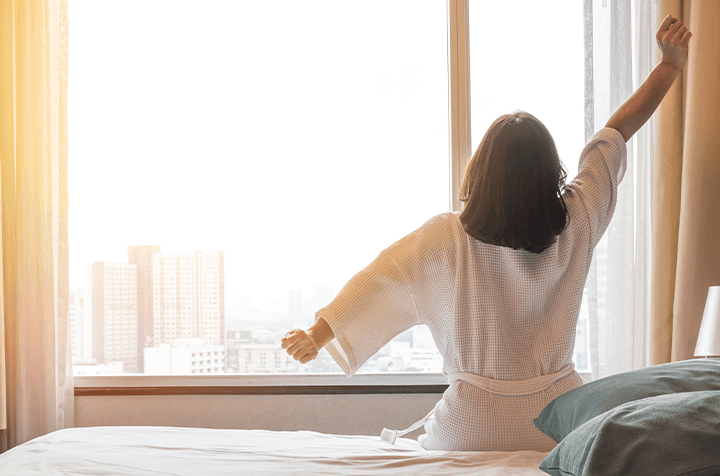
We provide you with special discounts in luxurious hotels in the vicinity of the hospital. Your comfort is very important to us.

We provide airport transfer and transportation between your hotel and the hospital before/after the surgery via VIP vehicles.

As Clineca, we provide you with patient accompaniment, who will visit you every day in your hotel room during the resting period.
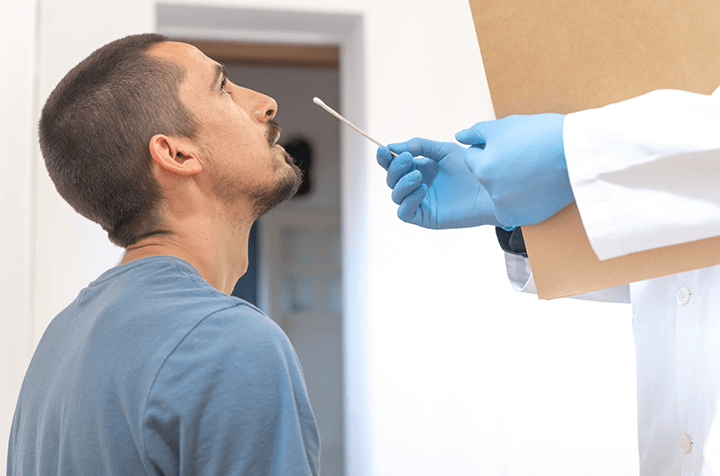
The price includes fees of the surgeon, operating room, hospitalization, tests, medications and medical visits by a nurse.
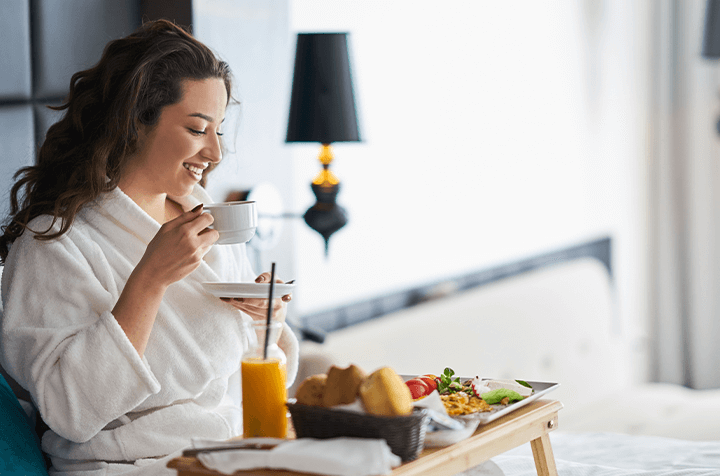
The price includes hotel layover (including breakfast), and transportation between the airport, the hotel and the hospital.
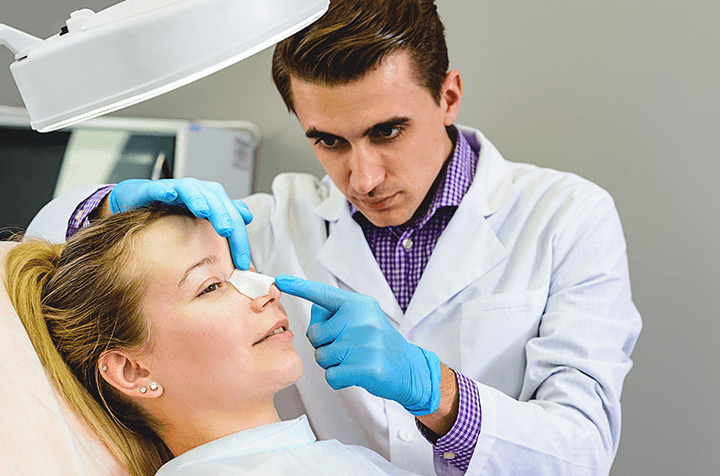
Interpreter service, BBL pillow, neck pillow (rhinoplasty), eye mask, voltage converter and many others that will enhance your satisfaction.
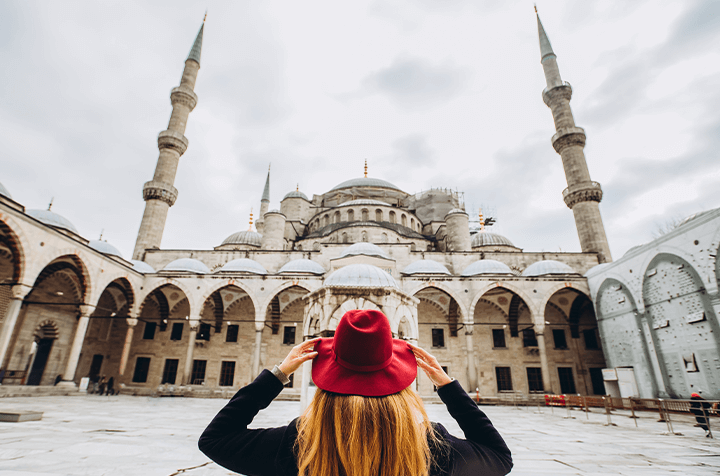
Turkey is a leading player in medical tourism, and Istanbul, which is an extremely beautiful touristic city, is the plastic surgery capital of Turkey.
Clineca has a holistic approach. We believe that everything should be right for a satisfactory cosmetic surgery experience, including your days in Istanbul. We plan every detail of your journey.
After you fill the form, one of our agents will contact you. They will inform you about the whole experience, in detail. If requested, they will arrange an online consultation for you.
You'll have an online consultation with your surgeon via video chat. They will perform an online examination and help you to choose what the best approach to your case is.
We'll plan your whole journey including your surgery date and accommodation. We'll inform you about every need; from preparing your suitcase to advice before the procedure.
Our VIP transportation vehicle will be ready at the airport for you. We’ll drive you to the hospital and they'll get a blood and the C19 test. Then, we'll take you to your hotel.
We’ll take you from your hotel to the hospital. After your examination, the same day you’ll have the surgery. You will stay at the hospital 1-2 day(s), depending on the procedure.
After your stay at the hospital, we'll drive you to your hotel. A wellbeing assistant will visit you every day to inform you, to examine, and to provide medical care during the week.
We'll gladly and proudly show you around our beautiful city. We’ll be very happy to provide you with professional guidance in historical sightseeing, shopping and entertainment.
We’ll take you to 1-week follow-up. After your examination and removal of bandages if required, we’ll inform you about the recovery period. Then, we'll drive you to the airport.
During your recovery, we'll inform you, check on you, and answer your questions 24 hours and 7 days. We'll expect you to send photos periodically to follow your recovery period.

It is not hard to be eligible for a rhinoplasty. If you are reading
this, you are probably a candidate!
Rhinoplasty can address both aesthetical and medical concerns, simultaneously.
If your nose has a birth defect, or it was injured, its shape can be corrected through surgery.
But you don’t have to have a serious structural problem to choose to have a rhinoplasty.
You may have a hook nose, your nose may be too large or too small in proportion to your face,
your nose tip may be too wide, or maybe there is another feature of your nose that you don’t really like.
Experienced surgeons can achieve amazing results which will both satisfy your expectations and look completely natural.
If you are experiencing breathing problems related to a crooked or bent septum, these can be treated, too.
Anyone older than 18 years old with good health can be a candidate.
In special cases, ones younger than 18 can also be considered.
To be informed about your specific case in detail, you should have a consultation with a plastic surgeon.
The outcomes of rhinoplasty can be analyzed in three main categories: aesthetical, health-related, and psychological.
Rhinoplasty can address all kinds of aesthetical concerns about nose. Through rhinoplasty, the size, the shape, the angles, and the proportions of the nose can be changed. The operation can include changes on the nasal bones, nasal cartilage, and the skin. The appearance of nasal bridge, nasal tip, or both can be changes.
The health-related outcome of rhinoplasty is related to breathing. If your septum is crooked or bent, you may be experiencing breathing problems. During the surgery, these problems can also be eliminated. Beauty is important! Breathing is important, too!
The psychological outcomes of the procedure are as important as the physical ones. A person who is not happy with their nose can experience serious psychological distress which can negatively affect their self-confidence and social lives. Therefore, elimination of problems related to the appearance of the nose can lead to significant psychological and social improvements.

Rhinoplasty is a cosmetic surgery procedure performed to change the appearance of the nose. It is a complex surgery customized according to the needs and wishes of the patient.

Like all kinds of surgery, rhinoplasty requires anesthesia. Depending on the case and the preference of the surgeon, rhinoplasty is done with either general anesthesia or local anesthesia combined with sedation.
The details of the surgery depend on the patient’s needs and the surgeon’s approach. During the surgery, nasal bones, nasal cartilage, and the skin covering the nose can be worked on. Sometimes it may be necessary to remove parts of nasal tissues or add tissue inside the nose. If tissue addition is necessary, the required tissue may be taken from deeper parts of the nose, or other parts of the body. Patient’s septum may also be corrected during the surgery to improve breathing. There are 2 main approaches to rhinoplasty: open method and the closed method.


Our contracted surgeons are highly skilled in both open and closed rhinoplasty. In this method, the whole surgery is carried on inside the nostrils. In some cases, using the open method (in which an incision between the nostrils on the edge of the nose is made) may be necessary.*1
The risks and complications in rhinoplasty are usually rare if done by experienced surgeons, but the possible risks are:
Right after the surgery, your surgeon will place internal dressings in your nose. He will also place a splint and bandages on your nose. They will remove the internal dressings, splint and the bandages 1 week after the surgery. *3 Don’t forget to take a photo of you, before the bandages are removed. People like these photos in social media! You will experience some pain, swelling, and bruising after the procedure. The pain can be effectively controlled by pain medication your surgeon will prescribe for you. You may also experience slight bleeding and some mucus discharge for a few days after the surgery or after the removal of the dressings. Swelling and congestion are normal. They will gradually improve. Gentle walking is safe and recommended.
7 days after the surgery, you may still have some bruising and swelling, but you will be able to return to your daily activities. After 2 weeks, most of the swelling and bruising will be gone. However, complete recovery will take some time. You should wait several weeks before returning to strenuous activities and exercises. In most rhinoplasty surgeries, our contracted surgeons prefer to perform the closed method. This approach shortens the recovery period, significantly!
A wellbeing assistant will visit you in your hotel room every day during the first week after the surgery. We will expect you to be in our clinic for your post-op examination 1 week after the surgery, before you leave Istanbul. We will still follow your recovery process while you are away. Clineca will provide you with complete support and inform you about everything you need to know during your recovery. We will be with you from your consultation to the very end of your recovery.

"I believe rhinoplasty requires a holistic approach. In my practice, I’ve learned that to achieve a natural and beautiful appearance, you should make a lot of small changes. These careful small changes create extraordinary results when combined."

During your online consultation, your surgeon will ask you questions about your medical history. It is of critical importance that you give your doctor every detail, from the conditions you might have to the operations you had in the past, to the medications and supplements you use, to minimize the risks the surgery could bring. They will also conduct a physical examination. Your surgeon will inform you about everything you need to know before the surgery. Clineca will provide you with complete guidance and support before your surgery. You will have a complete and detailed list of instructions.
Most important instructions include,


What you need to do after the surgery will be explained to you in detail by your surgeon and Clineca will provide you with all the support and guidance you need. Most important instructions include:

"In rhinoplasty operations, we work in such a small environment to make small changes, but the effects of these small changes are tremendous on the overall appearance of the face. I love seeing how happy my patients become after they had rhinoplasty."

We know you have many questions. Having realistic expectations and deciding to have a cosmetic surgery requires information. Here you can find answers to frequently asked questions about rhinoplasty.
Rhinoplasty is a complex procedure shaped according to each patient’s needs. There are different approaches to solve different problems.
1. Raggio BS, Asaria J. Open Rhinoplasty. [Updated 2022 May 1]. In: StatPearls [Internet]. Treasure Island (FL): StatPearls Publishing; 2022 Jan-. https://www.ncbi.nlm.nih.gov/books/NBK546628/
2. Rettinger G. (2007). Risks and complications in rhinoplasty. GMS current topics in otorhinolaryngology, head and neck surgery, 6, Doc08.
3. Raggio BS, Asaria J. Open Rhinoplasty. [Updated 2022 May 1]. In: StatPearls [Internet]. Treasure Island (FL): StatPearls Publishing; 2022 Jan-. https://www.ncbi.nlm.nih.gov/books/NBK546628/
4. Bloom, J. A., Rashad, R., & Chatterjee, A. (2019). The Impact on Mortality and Societal Costs From Smoking Cessation in Aesthetic Plastic Surgery in the United States. Aesthetic surgery journal, 39(4), 439–444. https://doi.org/10.1093/asj/sjy172